I can’t believe I haven’t delved into this topic earlier. Well, maybe I can. It’s a seriously complicated area in the realm of IEPs. Behavior IEP goals aren’t something we instantly know how to tackle, they are complicated.
Plus, it’s something that has a huge impact on our kids’ daily lives and, honestly, is often managed in the least effective way. Previously on this blog, I outlined some simple IEP goals for social skills. In this post, we will target some simple behavior IEP goals. Every teacher or even speech pathologist should have access to a bank of these for reference.
It’s an important but rather complex topic. Making a positive change in a child’s behavior, whether through an IEP or other methods, has evolved big time in the last ten years. It’s not just about behavior goals anymore. The people in their lives need to see the big picture – understanding the child, their challenges, and their world from every angle.
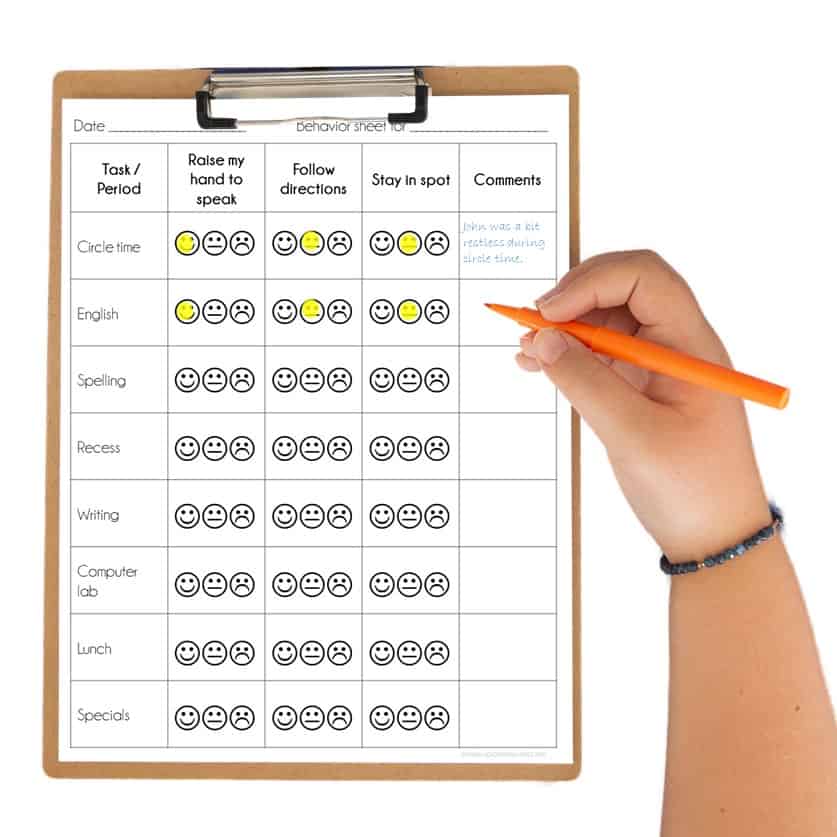
Behavioral Goals to Target
Special education teachers are constantly looking for measurable goals specific to grade level tasks and skills.
It’s essential that students and kids get movement breaks in intervals while they are being taught or monitored for a specific goal.
The IEP team usually have specific goals to target for every classroom setting.
The best practice would be to monitor how well these goals are going with respect to how well the student or child is responding to independent tasks.
When you encounter unexpected behavior (which is almost always the case – because who could predict everything?!) – always try to redirect with appropriate behaviors and don’t expect the response to be immediate.
Free Goal Tracking Sheets IEPs
If you’re looking for some goal tracking sheets for IEP’s here are some of my favorites.
I will share this one at the end of this post for FREE. I love using this with preschool students.
IEP Goals Data Collection Behavior Tracking Weekly Point Sheet Template – from the Jump Drive.

Another goal tracking sheet I like is this one from Kathryn Sanders. It’s a Google sheet link, so if technology is your jam – this will be perfect!
Behavior Goals for IEP
In a school setting, if you see disorganised behavior, here are some measurable goals to work towards:
– The student will have appropriate materials ready for the activity on hand.
– The student will organise their materials at the beginning and end of the activity.
– The student will complete one task before moving onto the next task.
– The student will sort the materials they need into appropriate locations on the desk.
– The student will follow a sequential order to complete the task or activity.
If the student has difficulty concentrating or understanding / attending to tasks (task avoidance):
– The student will work on a task for ___ amount of time.
– The student will continue to work on a task until complete.
– The student will work on one task at a time.
– The student will try to understand the task before beginning the task.
– The student will ask for a break if they need it when trying to complete a task.
Pre-K Behavior Goals for Data Collection
As always, adapting your IEP goals for each student to meet them where they are at is essential. Here are some specific preschool IEP behavior goals you can use.
– Student can follow one step directions throughout the classroom.
– Student can listen to one step directions throughout the task.
– Student can complete the task after reading a one step direction.
– Student can sit in circle time for 5 minutes, with their classmates.
– Student can sit and listen during circle time for 5 minutes.
– Student can transition from one activity to another.
– Student can work with simple manipulatives.
– Student can use an appropriate fidget toy.
– Student can transition from one activity to another without frustration.
– Within one year, when a student is frustrated, he or she will not push, kick, or hit to cause any physical harm to his or her classmates.
– Within one year, when a student is frustrated or angry, they will deal with their emotions in an appropriate way, such as stomping foot, showing a verbal expression or more.
With a preschool class, it’s essential we show them classroom rules in a positive manner. A school district will usually have plans in place for that. Once you have your baseline data, it’s easy to continue collecting progress information from your students.
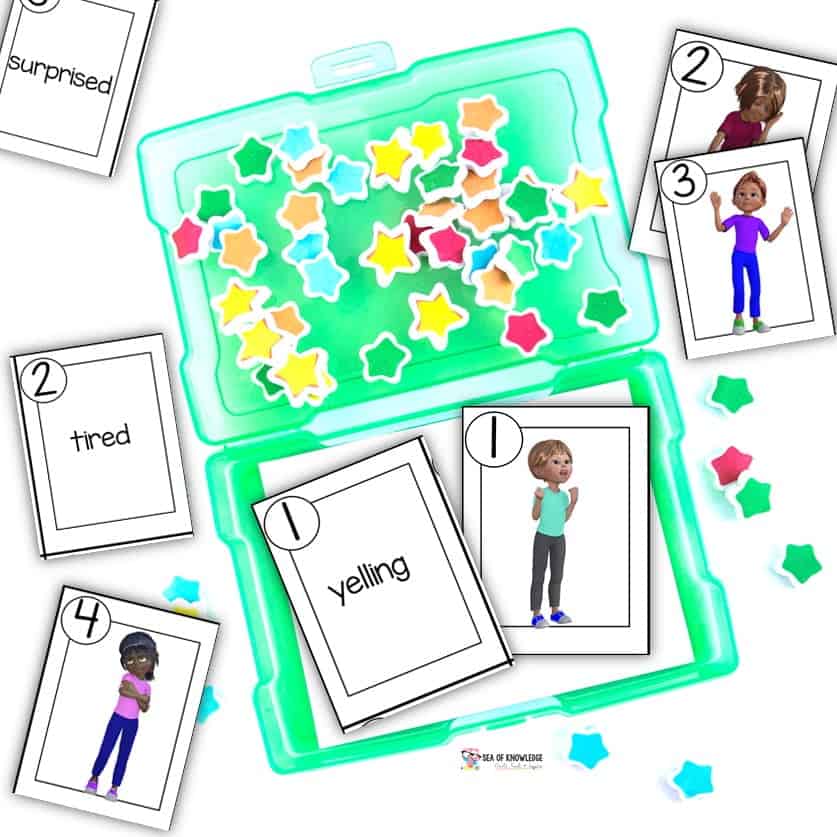
Free Social Skills activities for kids!
Preschoolers will still be working on self-regulation skills in the classroom and at home, it’s essential we don’t forget these and I’ve outlined 50 IEP social skills at this post here to get you started. There are some SEL goals that you could also add to your program.
Sometimes, it’s enough to give a verbal cue to a student to redirect them when they’re doing an undesired task. Sometimes, in stressful situations we need to adapt out goals and individualized education program (IEP) for each student to suit their levels and abilities.
Problem behaviors don’t always start out at school, but they most certainly start appearing more in the classroom and the general education setting.
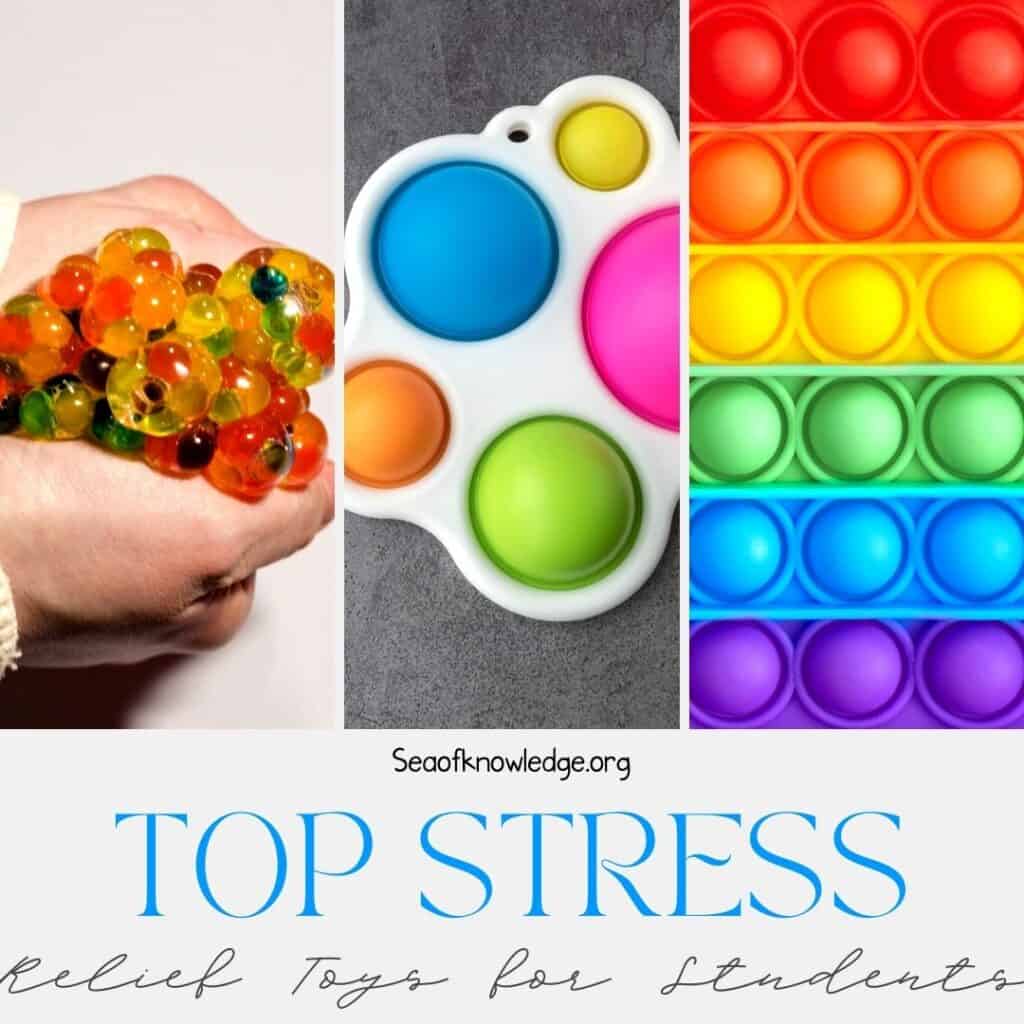
BEST Stress Relief Toys for Students and Kids
If you find that the student is having a hard time to finish complete tasks, try a quiet space break or the use of an appropriate fidget toy. Once they are able to focus again, have them return to the assigned task.
Important Positive Self-talk for Students
School psychologists will always advise that positive self-talk is so important. teaching students and our children to do this regularily, will create a positive environment and will in turn, help reach more academic goals in the long run.
Sometimes kids will show withdrawn behavior and this has a lot to do with their own home life, or even simple not having their needs met like food and shelter.
A family member may be concerned with these behaviors, so they might reach out for help.
Students will usually respond well to scenarios of social conflicts in the classroom to act out appropriate behavior. Having a set daily routine will encourage positive behaviors.
Social Stories for Modeling Appropriate Behaviors
I love using social stories to manage and redirect appropriate behavior. Sometimes targeting specific behavior goals with them like calm down techniques and more.
Student success is often not immediate, however over the course of several years, they will learn the use of self-regulation strategies and deep breathing techniques for example.
Behavior IEP Goals Goal Tracking Sheet Free
Use this sheet to help track behaviors during different times of the day. It contains a blank section to add your own times or subjects.
All materials provided are copyright protected. Please see Terms of Use.
Graphics Purchased and used with permission
I offer free printables to give to my readers AND to provide for my family. Your frequent visits to my blog & support purchasing through affiliates links and ads keep the lights on so to speak. Thanks to you!

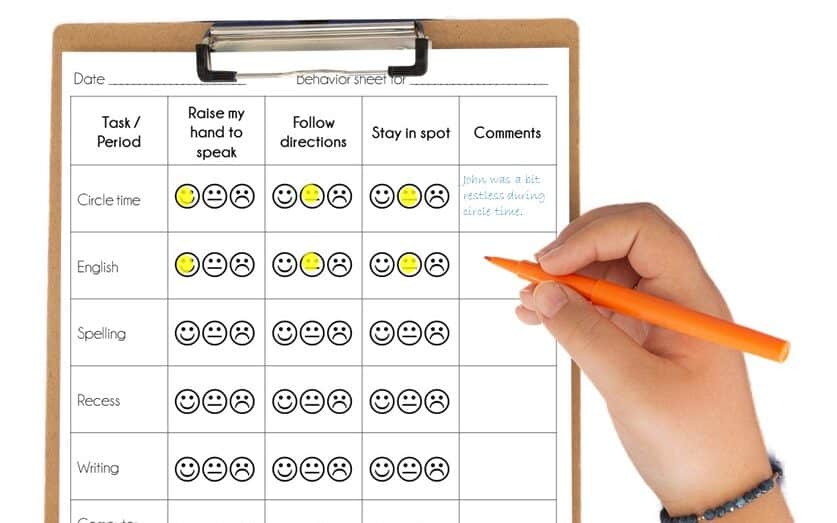

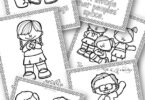
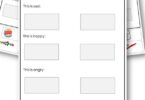
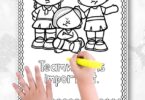
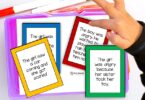
[…] Related: 50 Behavior IEP Goals (simple list) […]
Thank you for sharing these IEP items. They will be very helpful in keeping the children skills and goals organized.